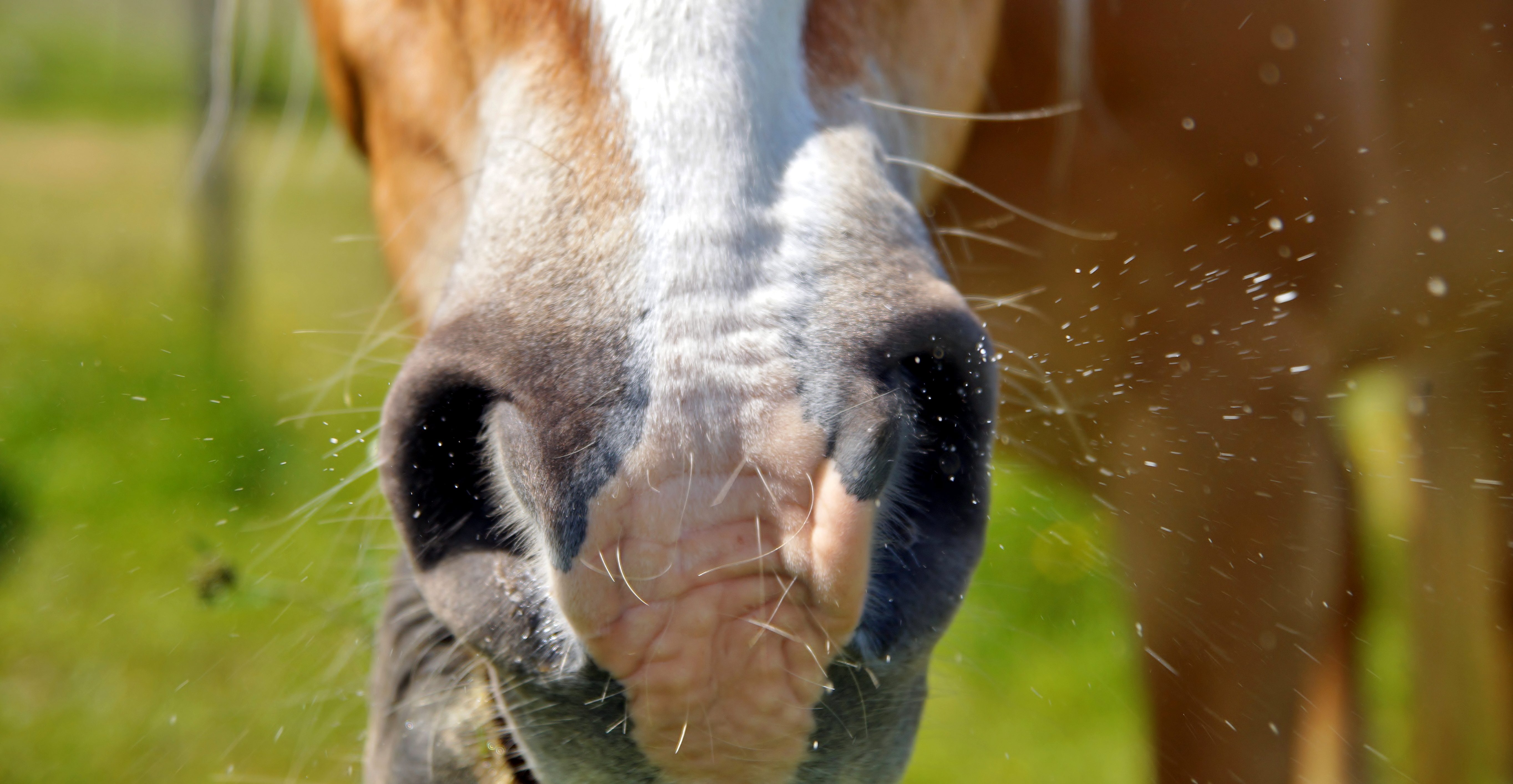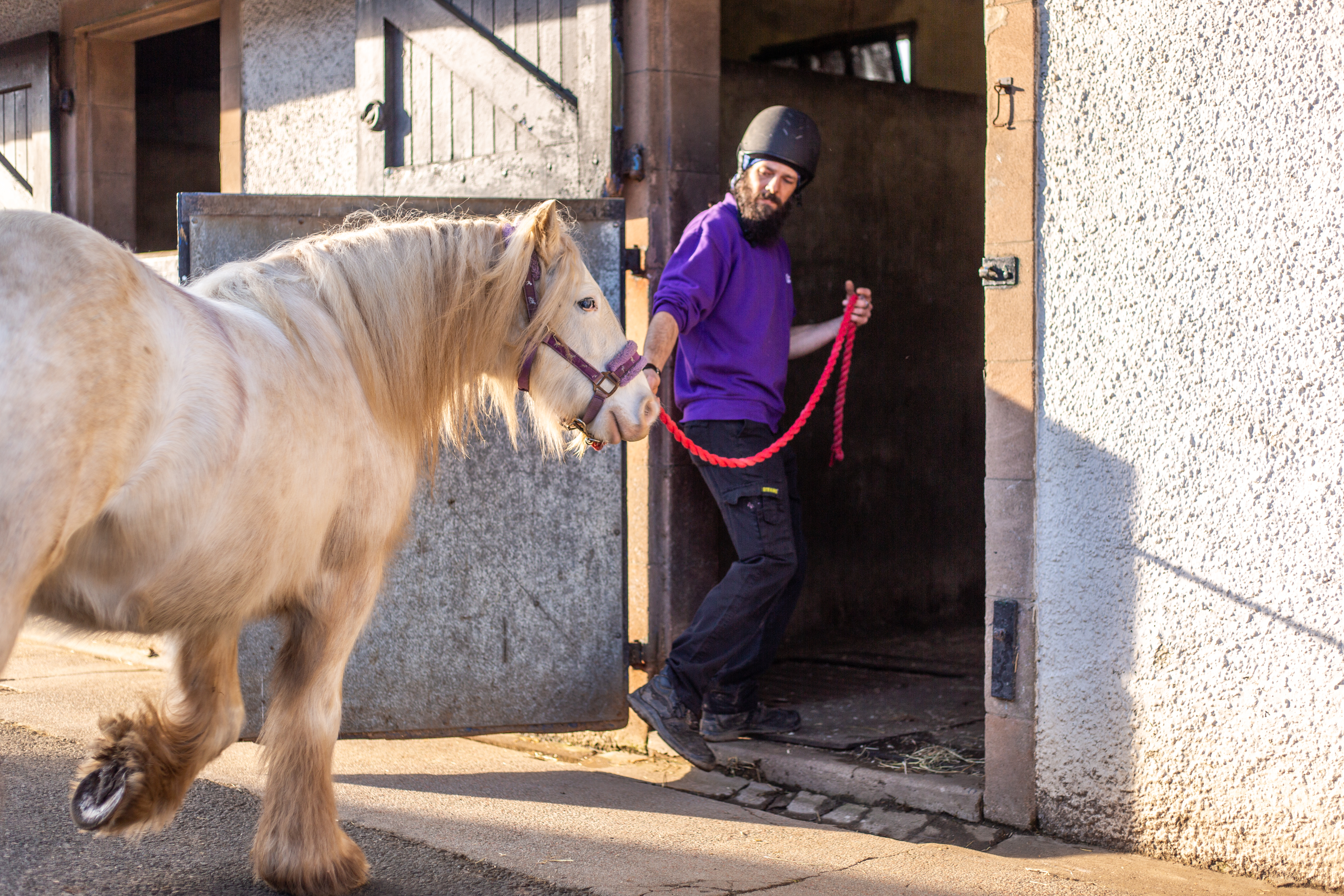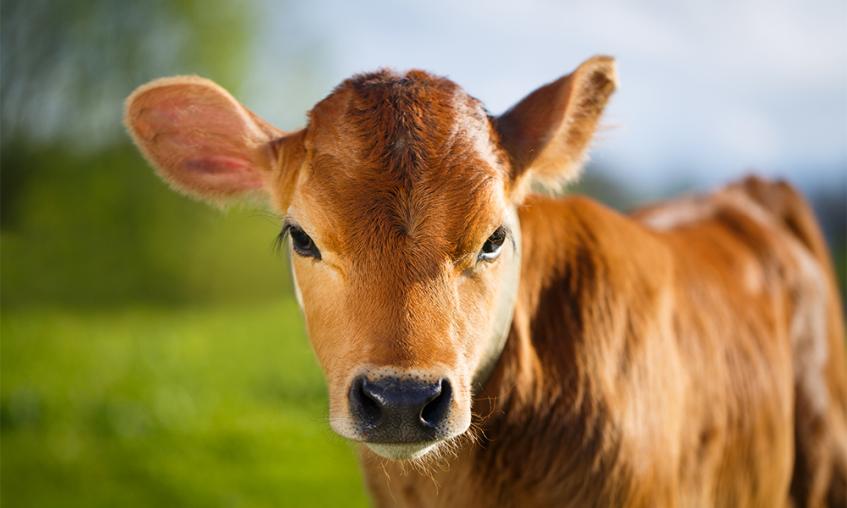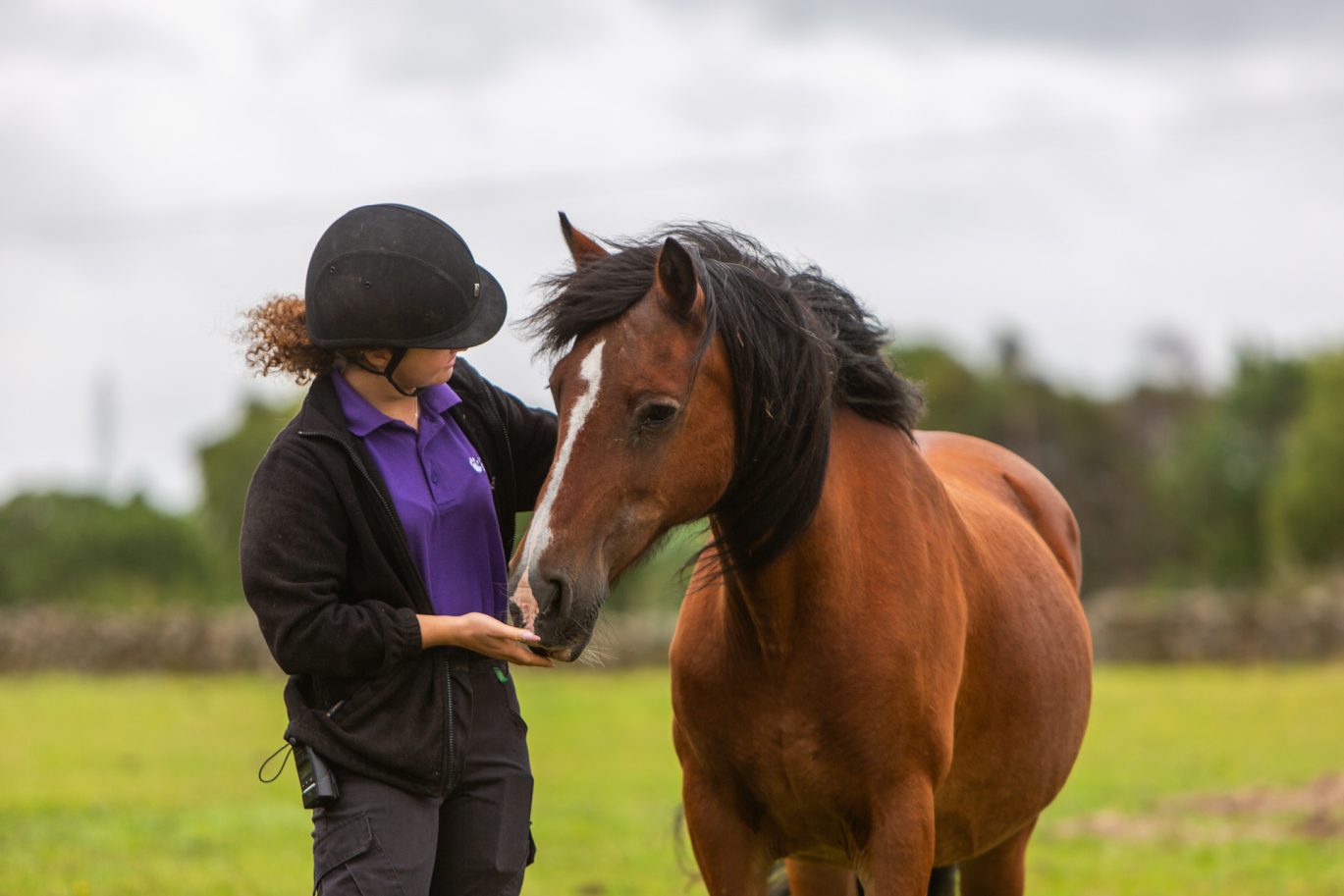
How Long Do Horses Live?
From teeth to training – everything you need to know about your aging horse.
Just like humans, horses require love, attention and patience as they age. They will get bad backs, grey hair and develop other ‘tell-tail’ signs of aging. As your horse gets older it’s important to recognise these signs and schedule regular check-ups to make sure everything’s okay under the saddle.
Lifespan of a horse
How long your horse lives can depend on many factors such as breed, career, how many times they’ve reproduced and their maintenance and care. A horse lifespan is 25-30 years on average, with ponies often living longer than larger breeds and domesticated horses living longer than wild ones.
A horse’s ‘career’ refers to how they lived their life – whether that was competing in intensive sport or a life of leisure. This impacts how they age and the age-related problems they may develop. The medical, dental and farrier care they’ve received throughout their life also has an impact on their aging.
Factors such as their hoof care, quality of diet and any genetic abnormalities can affect aging too, as well as obesity as this can put pressure on their joints and have a negative impact on their respiratory system and organs. It’s important to tailor your horse’s diet to their age, weight and activity level.
Older horses are also more prone to issues with their teeth. It’s important that horses are able to chew properly as bad teeth and dental pain can cause colic if high fibre food gets stuck and impacted in their gastro-intestinal tract.
Despite these factors, horses now live longer than they did in the past due to improved feed and care.
Stages of maturity in a horse’s life
Newborn:
Newborn foals are dependent on their mothers for nutrition and to keep them healthy. Their mother’s wellbeing during pregnancy can also directly affect the unborn foal’s health.
Weanling:
Foals are weaned from their mothers between 4 – 7 months old with their nutrition being replaced with forages and grains.
Young horse
This life stage is where your horse is actively growing from a weanling to 3 years old. By 3, most of their growth plates have closed and they may begin training under saddle.
Adult horse:
From around age 3 – 15 your horse is classed as an adult. These are their prime athletic years since they have stopped growing.
Geriatric:
From 15 onwards your horse begins to age. Their body will slow down, and they will need more care and support.
How to estimate a horse’s age
Telling your horse’s age, especially during their adult years, can be quite tricky. Their date of birth or age should be listed on their registration papers or travel passports. In the UK, horses are microchipped which can be used to determine their age.
Another way of figuring out your horse’s age can be through looking at their teeth. Their six front teeth, known as their incisors, undergo distinctive changes over the years. A dark spot, referred to as a ‘cup’, that can be found on the bottom row of their teeth, will be present in all incisors by the age of 5. They will be around 8 – 10 years old when all their cups have disappeared. The teeth outside the middle teeth will start to fall out as your horse ages.
They will also develop a ‘dental star’ from 6 years old on their lower centre incisors. This will begin as a dark, narrow line in front of the ‘cup’ and as they age this ‘dental star’ will grow and become oval-shaped. This modification will be fully visible by age 8. At age 9 it will start to show on the second incisors and then spread to the outward ones between the age of 10 – 12.
When they’re 11, their upper incisors can develop a ‘Galvayne’s Groove’ which is a hook on the tooth’s bottom. The line starts close to the gum and over time descends down the tooth. When the groove is halfway this indicates that they’re around 15 years old and by the time their 20, the groove has reached the tooth’s tip.
The shape and length of their teeth can also give you an indication of their age as when they’re older the incisors will lengthen and angle more.
Horse years to human years
To calculate your horse’s age in human years you multiply their age by 3.5.
Signs your horse is aging
Just like us, horses exhibit specific signs of aging from bad backs to grey hair. It’s important as an owner to keep an eye on these and recognise any abnormal behaviours. An aging horse can be fragile so they need some extra love and support.
Signs your horse is getting older include:
- A swayed back – as they age, gravity causes their back to incline downwards.
- A rugged coat – their coat will lose part of its sheen. They will get a thicker and denser coat, and their facial hair may become grey.
- Muscle mass loss / muscle wasting – it becomes more difficult for their skin and muscles to tighten as they become less solid.
- Lameness – they may have trouble with their stance or gait.
Other signs include:
- Sagging lips
- Decreased vision or clouding of the eyes
- Pronounced ridges above the eyes
- Gastro-intestinal problems
- Immunity problems, making them prone to illness
- Slower chewing or loss of teeth
- Development of osteoarthritis in various parts of the body
Aging can cause age-related illnesses in your horse – they can develop hormonal problems as their pituitary gland can be disrupted and they may also suffer from laminitis, a failure to shed and or an increase in water intake or urination. Kidney and liver disease may occur too. These signs should not be ignored, and any abnormal behaviour should be reported to your vet.
Can a horse be too old to ride?
Deciding whether to stop riding your aging horse is completely dependent on their health and wellbeing. If they have an appropriate body condition score, which is an assessment of your horse’s fat covering and muscle tone, and they’re comfortable then regular riding and exercise can be good for them. Just always be mindful of their fitness level and make the decision that is best for them and their health.
How to increase the life expectancy of your horse?
It’s important to support your horse as they age, the length of their life generally depends on the care they receive.
Ensure that their teeth are cared for to help them make the most of their meals, seeking dental care to keep their teeth at appropriate angles and properly aligned. You can also adjust their food as their teeth become less effective at chewing.
Make sure they’re eating the right diet and they’re getting regular training to avoid arthritis or muscle atrophy. You should also adapt the pace of their work to their age and capabilities and remember that the transition from work to retirement can be hard on a horse so ease them into it.
Older horses do not regulate their body temperature effectively so make sure to keep them cool in the summer and use a blanket to keep them warm in the winter. It’s important to maintain hoof care too, regularly cleaning and trimming their hooves can prevent thrush, abscesses and injuries.
Keep your horse up to date with vaccinations and schedule regular check-ups and faecal exams with your vet in order to detect any problems as soon as possible. Colic can affect any horse, no matter the care they’ve received, so stay vigilant and talk to your vet if you have any concerns or queries.
Here’s to your happy, healthy horse
We hope this advice helps you recognise the signs of aging in your horse and what you can do to look out for them during this stage of their life.
Please consider giving a one-off donation today to help us give specialised support to the horses in our care.
It’s not just a donation, it’s a warm bed
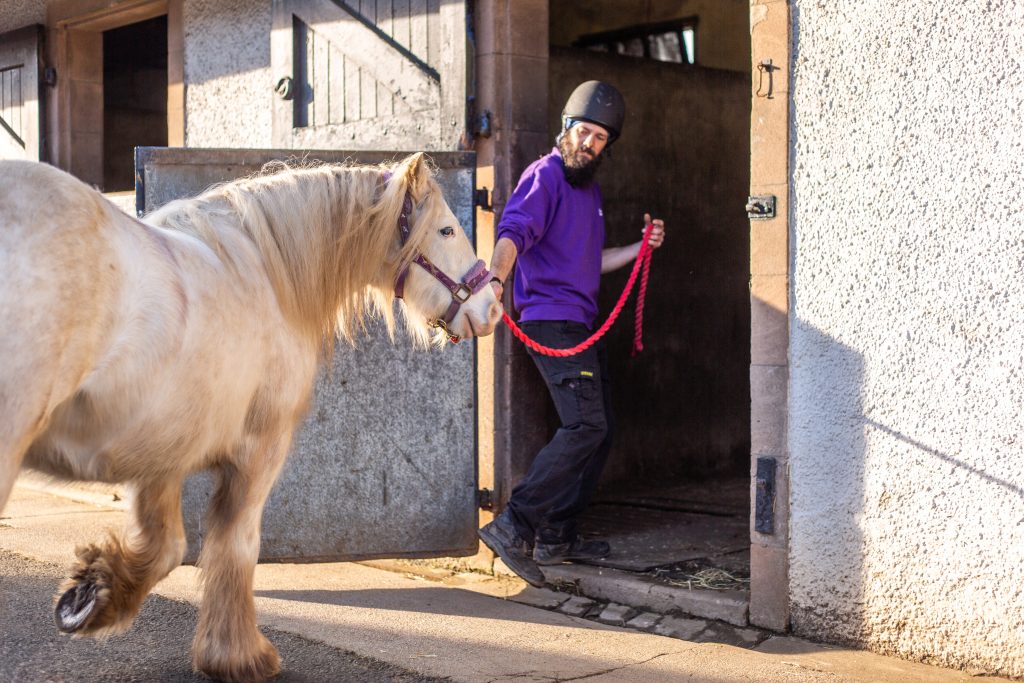
If it wasn’t for our rescue centres, there would be lots of animals left out in the cold. Donations allow us to keep the heating on and the blankets-a-plenty.
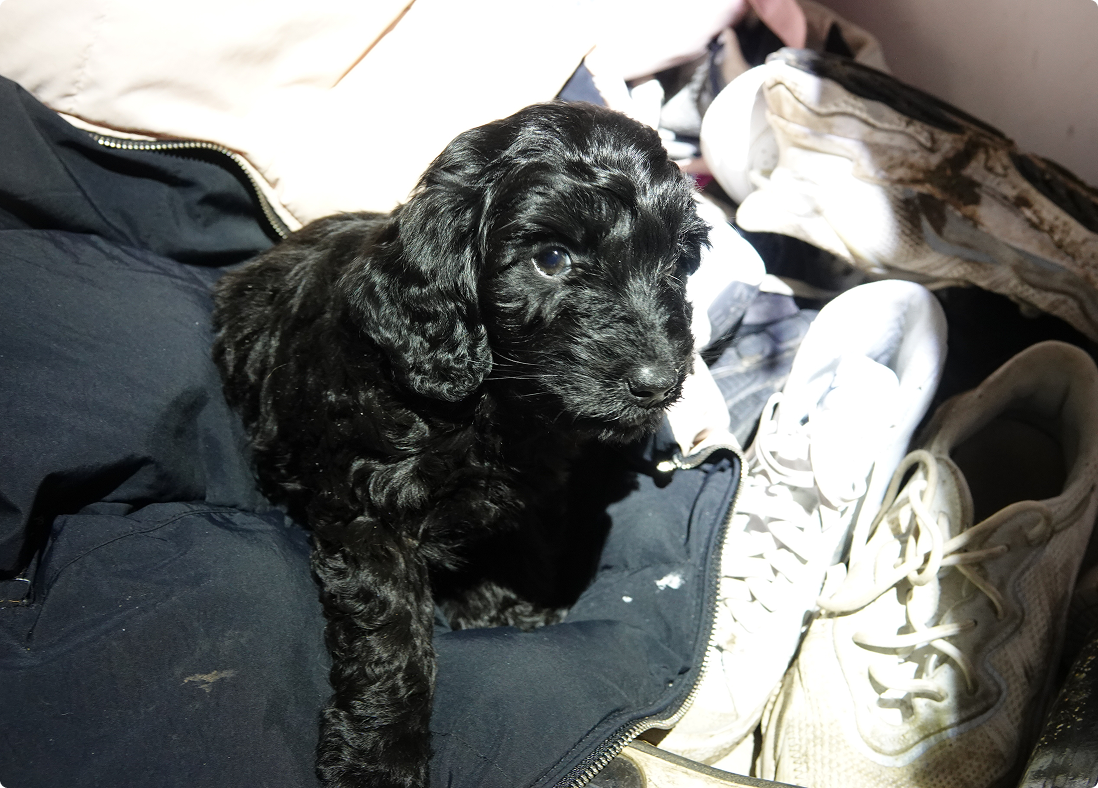
Puppies across Scotland need your help
Please consider giving a monthly donation today. Give Scotland’s animals the gift of safety this winter and beyond. The criminals involved in the low-welfare puppy trade never stop. And with your help, neither will we. Every £1 matters to puppies like Winnie.
